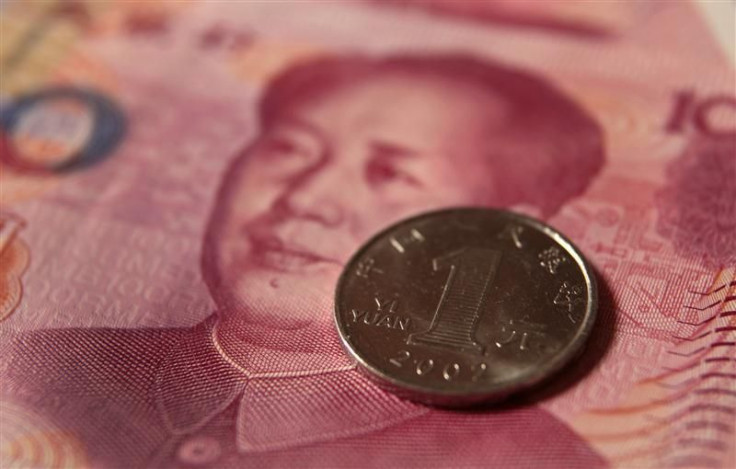China’s Manufacturing Activity Declines To 9-Month Low In August, Says Official PMI

China's manufacturing activity declined in August compared to that in the previous month, increasing concerns over a slowdown in the economic growth of the country.
Data released by the China Federation of Logistics & Purchasing Wednesday showed that the Purchasing Managers' Index (PMI) fell to 49.2 in August, which is the lowest in nine months. In July, it was 50.1. The softening of manufacturing activities in July is a reflection of the deteriorating export situation, which calls for more aggressive policy easing.
The index dropped to the area of contraction since the reading is below 50. The fall in the reading would increase fears of the likelihood of a sharp slowdown in the economy.
This news came after the preliminary HSBC Flash Purchasing Managers Index (PMI) showed Thursday that China's manufacturing activity fell in August compared to that in July. The preliminary reading of the PMI, a measure of the nationwide manufacturing activity, declined to 47.8 in August, which is a nine-month low compared to 49.3 in July.
There have been fears of a hard landing after data showed in July that China's economy slowed down to 7.6 percent in the second quarter, down from 8.1 percent in the first quarter. Beijing is targeting a growth rate of 7.5 percent this year. In 2011 and 2010, the economy grew by 9.2 percent and 10.4 percent respectively.
The continuing debt crisis in Europe and the tentative U.S. recovery have hurt the demand for exports, the key driver of China's economy. The International Monetary Fund has warned that the escalation of the euro zone debt problems could slash China's 2012 GDP growth in half.
Beijing's goal this year will be to promote a steady and robust economic development, keep prices stable and guard against financial risks by keeping money and credit supplies at appropriate levels while being cautious and flexible. China's investment-driven economic model, though successful for decades, is no longer seen as sustainable with the consensus being that reforms will be needed to prevent a sudden downturn.
© Copyright IBTimes 2024. All rights reserved.











